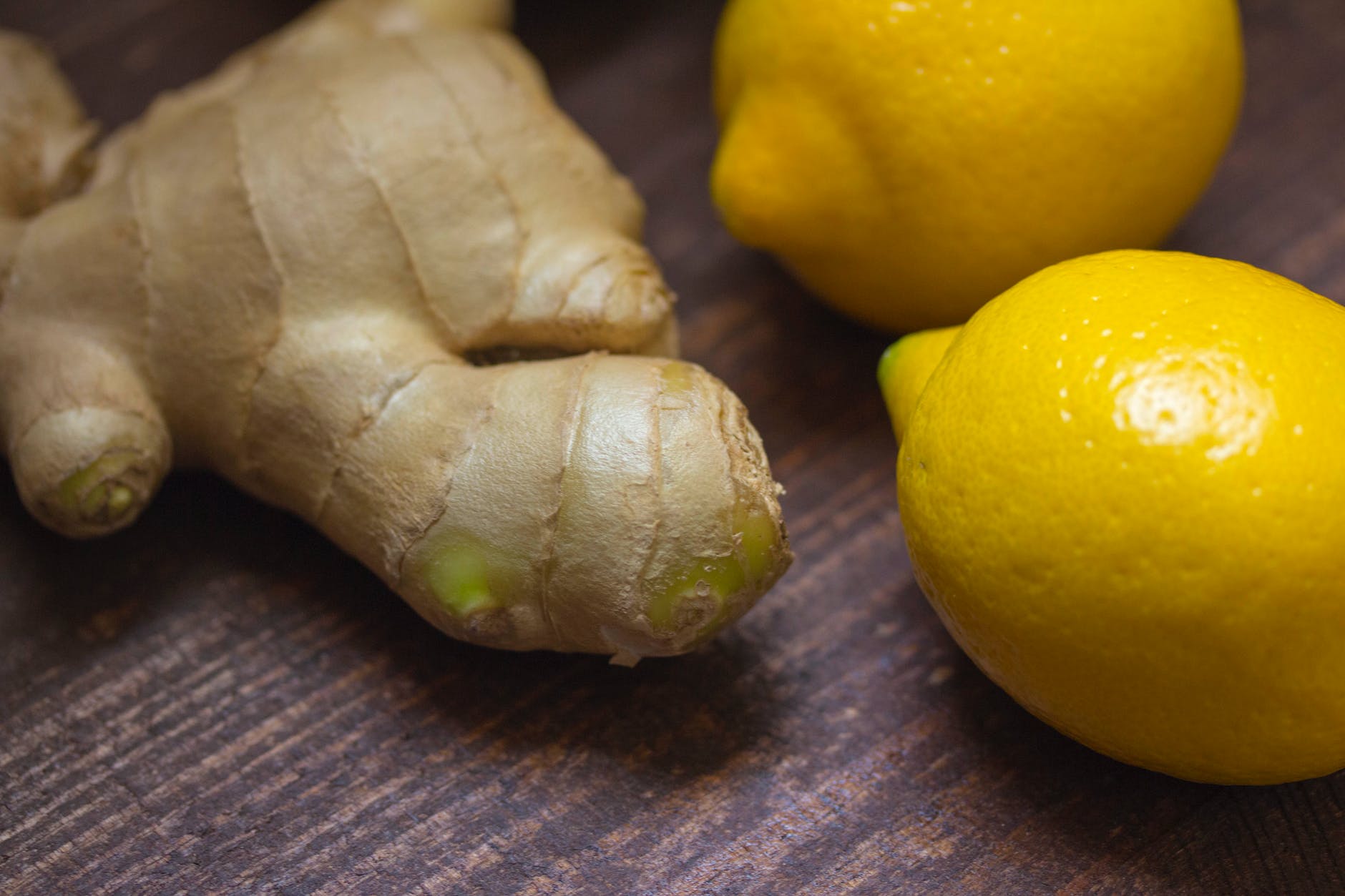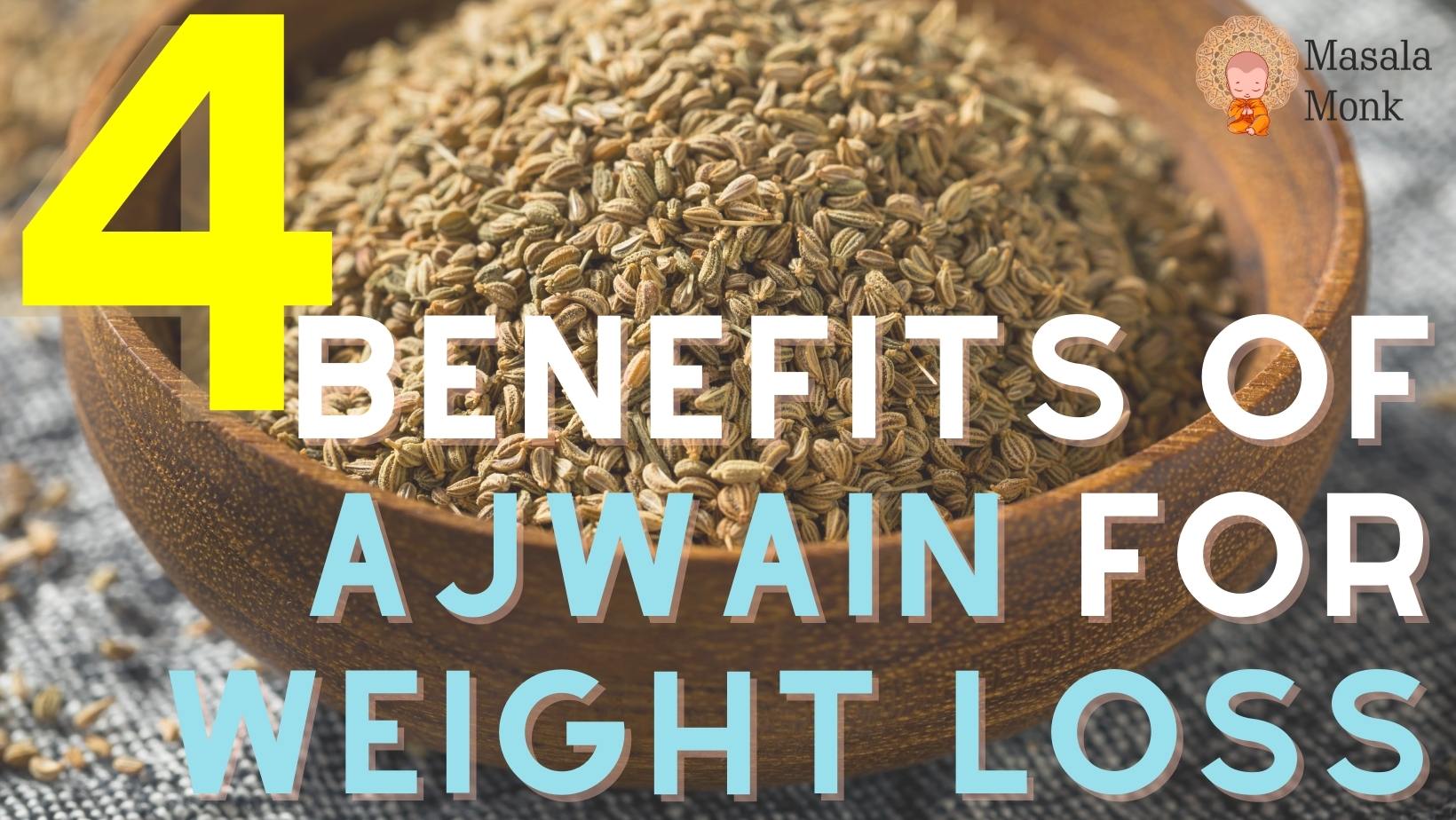
Garlic, a beloved ingredient in many cuisines worldwide, comes in different types. The two primary categories are hard neck and soft neck garlic. But what’s the difference between the two, and which one should you choose? This post will delve into the world of garlic, comparing hardneck and softneck varieties, and exploring their unique characteristics and health benefits.
What is Hardneck Garlic? 🌱
Hardneck garlic (Allium sativum ssp. ophioscorodon) is closer to wild garlic, boasting complex flavors. These garlic varieties are often compared to wines, with subtle differences reflecting regional soil and weather patterns. One of the most appreciated benefits for cooks is the way some of their skins slip off smoothly.
Hardneck garlic is characterized by a flowering stem that grows tall and stiff out of the bulb. This variety is known for its superior flavor, larger cloves, and greater cold tolerance. They thrive in cold climates, making them a popular choice for gardeners in colder regions.
What is Softneck Garlic? 🌿
Softneck garlic, on the other hand, does not produce a rigid stem. This variety is more popular due to its longer shelf life and ability to withstand mechanical planting. Softneck garlic tends to have a milder flavor and smaller cloves. They are commonly found in grocery stores and are the preferred choice for commercial growers.
Softneck varieties thrive better in areas with warm winters. So, if you’re living in a region with a warmer climate, softneck garlic might be the perfect choice for your garden.
Hardneck vs Softneck Garlic: The Showdown 🥊
Flavor and Clove Size 🍽️
Hardneck garlic is known for its strong, spicy flavor that stands out in dishes. It also has fewer but larger cloves that are easy to peel. This makes it a favorite among chefs and food enthusiasts.
Softneck garlic, however, has a milder flavor that blends well into dishes without overpowering them. It has more cloves per bulb, but they are smaller and can be a bit more challenging to peel.
Growing Conditions and Climate 🌱☀️❄️
Hardneck garlic thrives in colder climates, making it a great choice for northern gardeners. It’s hardy and can withstand the chill of winter, and it also produces beautiful and edible scapes in the spring.
Softneck garlic prefers warmer climates and is less hardy in the face of frost. However, it’s the type of garlic that’s commonly grown commercially, especially in areas with mild winters.

Storage and Shelf Life 🥫
When it comes to storage, softneck garlic takes the crown. Its flexible neck allows it to be braided for storage, and it generally has a longer shelf life than hardneck garlic. This is why you’ll often see braids of softneck garlic hanging in Italian kitchens!
Hardneck garlic, with its stiff neck and larger cloves, doesn’t store quite as well. It’s best used fresh but can still be stored for several months in the right conditions.
Health Benefits of Garlic: A Modern Perspective 💪🔬
Whether you choose hardneck or softneck garlic, you’ll still reap the health benefits that garlic offers. Here are some of them:
- Boosts Immunity: Garlic is known for its immune-boosting properties. It’s rich in antioxidants that help strengthen your body’s natural defenses.
- Lowers Blood Pressure: Garlic can help lower blood pressure, reducing the risk of heart disease.
- Improves Heart Health: The allicin in garlic helps lower cholesterol levels, further promoting heart health.
- Anti-Inflammatory Properties: Garlic has anti-inflammatory properties that can help manage conditions like arthritis.
- Rich in Nutrients: Garlic is a good source of vitamins C and B6, manganese, selenium, and other antioxidants.
- Supports Digestive Health: Garlic aids in digestion and helps combat harmful bacteria in the gut.
Ayurvedic Perspective on Garlic 🌿
In Ayurveda, an ancient Indian system of medicine, garlic is highly valued for its therapeutic properties. Here’s what Ayurveda says about garlic:
- Rejuvenating Properties: Ayurvedic texts mention that garlic has rejuvenating properties. It’s considered a ‘rasayana’ herb, which means it helps nourish and rejuvenate the body.
- Clears Channels: Garlic is believed to clear the body’s channels or ‘srotas,’ promoting better health and well-being.
- Boosts Reproductive Health: Garlic is said to produce ‘shukra’ (sperm and spermatic fluid) and ‘shonita’ (ovum and ovarian hormones), thereby supporting reproductive health.
- Aids in Detoxification: Garlic is known for its detoxifying properties in Ayurveda. It helps purify the blood and remove toxins from the body.
- Improves Digestion: Garlic is known to stimulate the digestive fire or ‘agni’ in Ayurveda, aiding in better digestion and absorption of nutrients.
In conclusion, both hard neck and softneck garlic have their unique characteristics and benefits. Your choice between the two would depend on your culinary preferences, growing conditions, and storage needs. But no matter which you choose, you’ll be adding a healthy and flavorful ingredient to your meals. Happy cooking! 🍳🧄🍽️
Tags
Hardneck Garlic, Softneck Garlic, Garlic Benefits, Health, Ayurveda, Cooking, Gardening, Nutrition, Immunity, Heart Health, Digestive Health, Blood Pressure, Anti-Inflammatory, Detoxification, Reproductive Health













